Soft blooms are stealing the spotlight in 2025 nurseries, pairing nature-inspired graphics with planet-friendly materials and baby-safe finishes. Designers predict that large-scale floral murals, sustainable wood furnishings, and botanical textiles will eclipse plain pastels, creating sensory-rich spaces that still feel calm and uncluttered. Color psychologists note that gentle petals in dusky pinks, sage, and buttery yellows soothe both babies and parents, while leafy prints bring the outdoors in without pollen or watering cans. Expect low-VOC paints, organic cotton sheets, and rattan light fixtures to feature prominently as families embrace wellness-driven décor that can grow gracefully from newborn days to toddler years.
1. Bold Floral Nursery Accent Wall
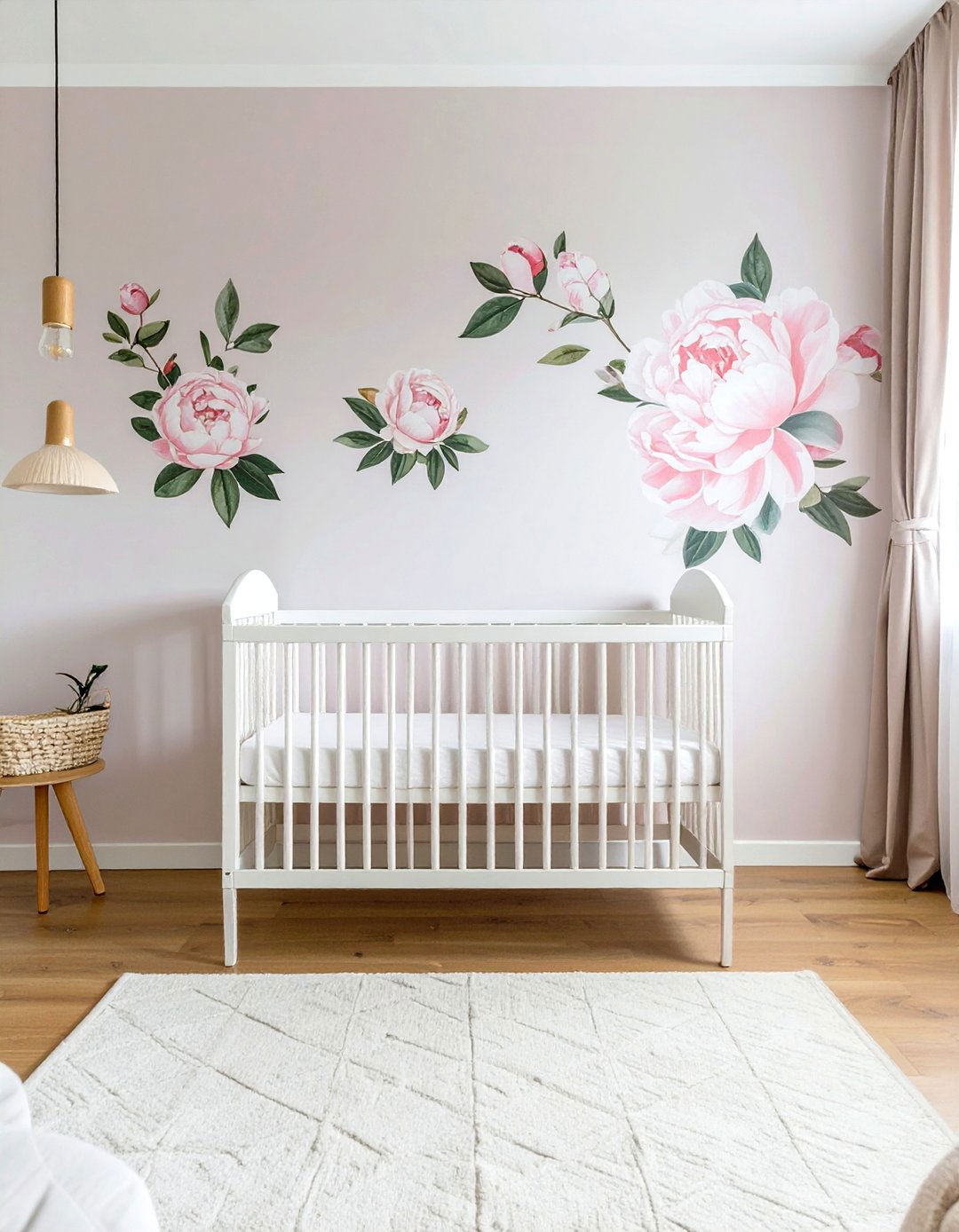
A single, removable wall mural bursting with oversized peonies or eucalyptus sprigs instantly anchors a floral nursery without overwhelming every surface. Peel-and-stick panels from modern wallpaper studios go up in an afternoon and can come down—damage-free—when your child’s tastes shift. Choose a wall behind the crib to act as a safe visual focal point, then keep the remaining walls pale for balance. Echo one bloom hue in smaller accents—think a blush throw or mint lamp—to tie the look together while letting that statement wall do the storytelling.
2. Watercolor Blooms on the Ceiling
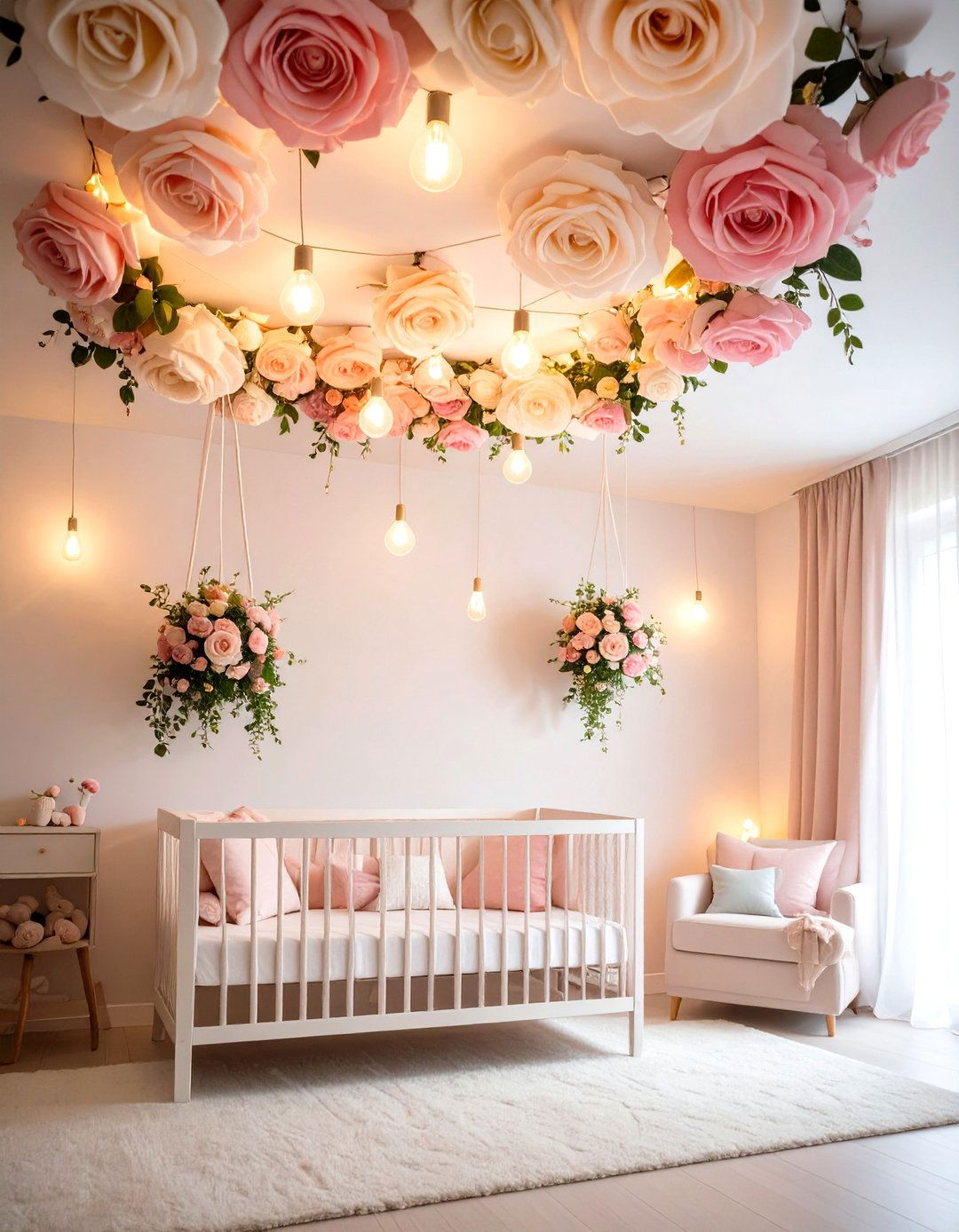
Surprisingly, a floral nursery ceiling can feel lighter than four patterned walls. Designers point to the comeback of 1970s-style wallpapered ceilings as a playful way to wrap babies in color that doesn’t clutter eye-level sightlines. Soft watercolor roses or meadow motifs overhead invite dreamy gazing during diaper changes, while keeping side walls free for shelving and growth charts. Pair the ceiling art with dimmable, warm bulbs so the pattern glows gently at night instead of becoming a visual distraction.
3. Gender-Neutral Botanical Palette
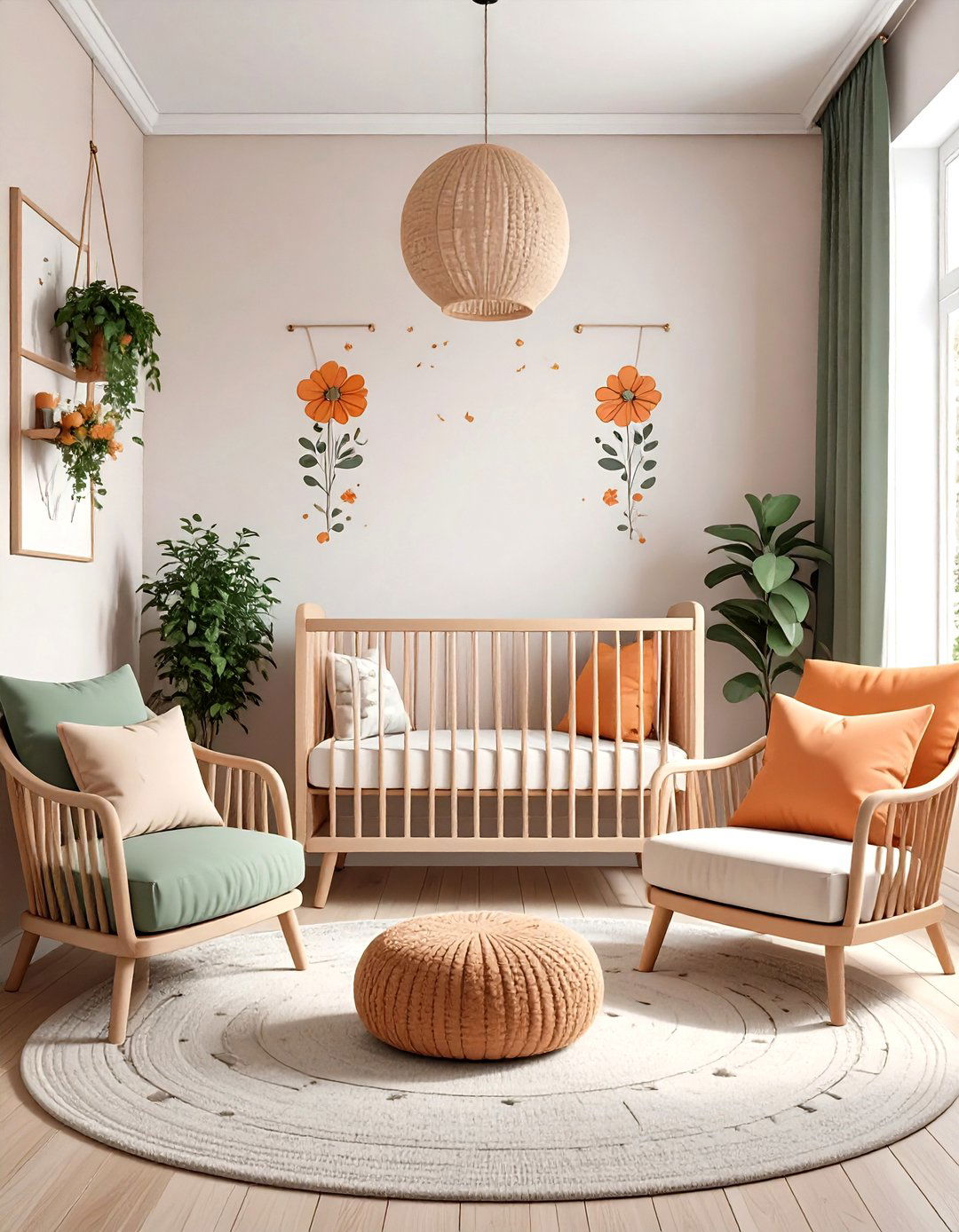
Floral nursery themes needn’t default to pink. Interiors pros now blend earthy taupe, terracotta, and sage leaf prints for botanically inspired rooms that feel equally welcoming to any baby. Layer monochrome line-drawn florals on cushions with chunky knit throws in muted rust for depth. A plant-print swaddle hung as art above the dresser adds a cohesive wink to the scheme, proving that flowers can be modern, inclusive, and anything but frilly.
4. Low-VOC Paint to Complement Petals
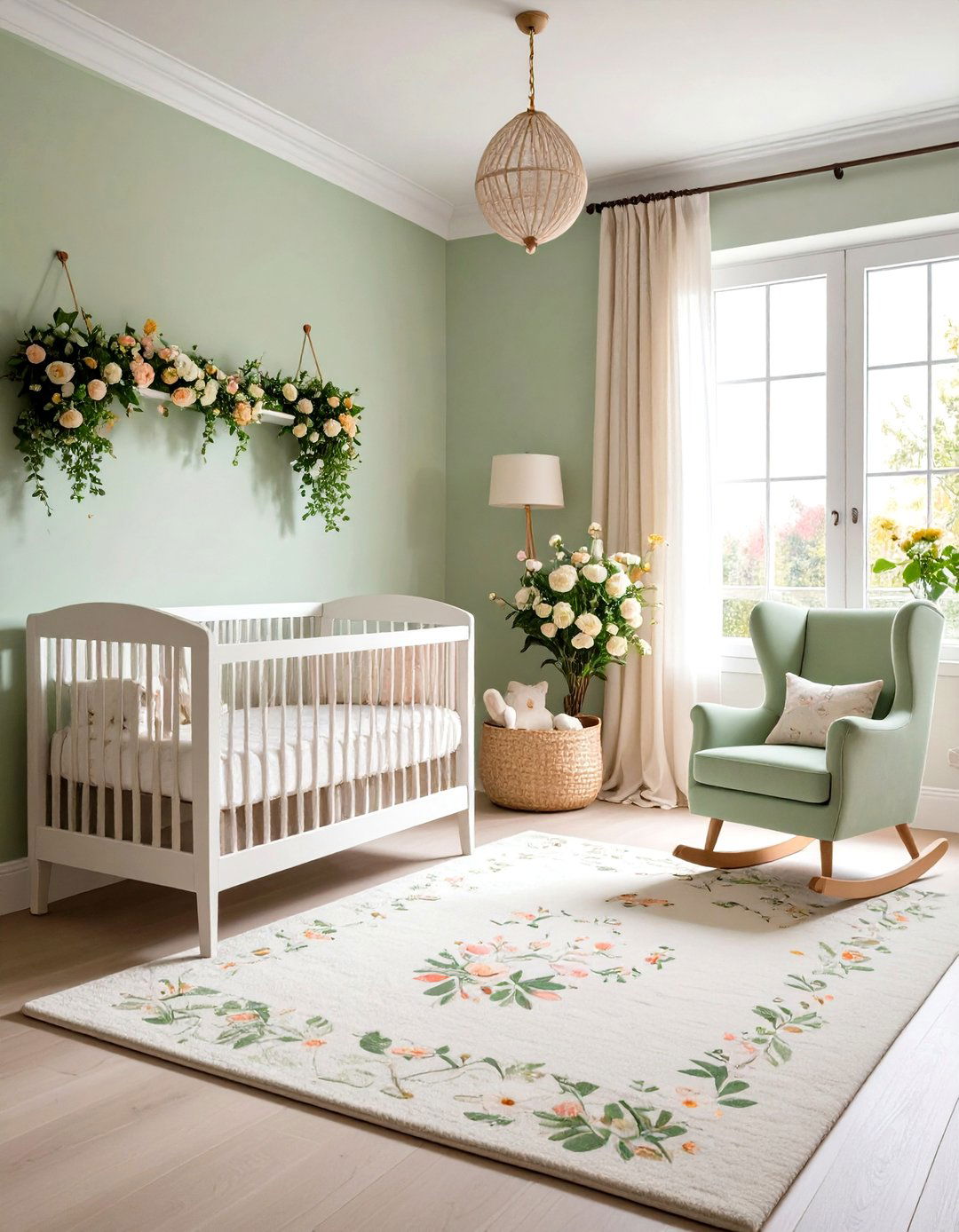
Paint is the quiet hero behind a healthy floral nursery. Zero-VOC, baby-safe formulas in hushed greens or buttercream let floral textiles shine while protecting indoor air quality. Paint just two opposite walls to frame patterned wallpaper or art, and finish trim in a crisp white for contrast. Because these paints cure quickly without harsh fumes, you can finish the room long before baby’s arrival, avoiding lingering odors and giving furniture time to off-gas elsewhere.
5. Handmade Floral Mobile
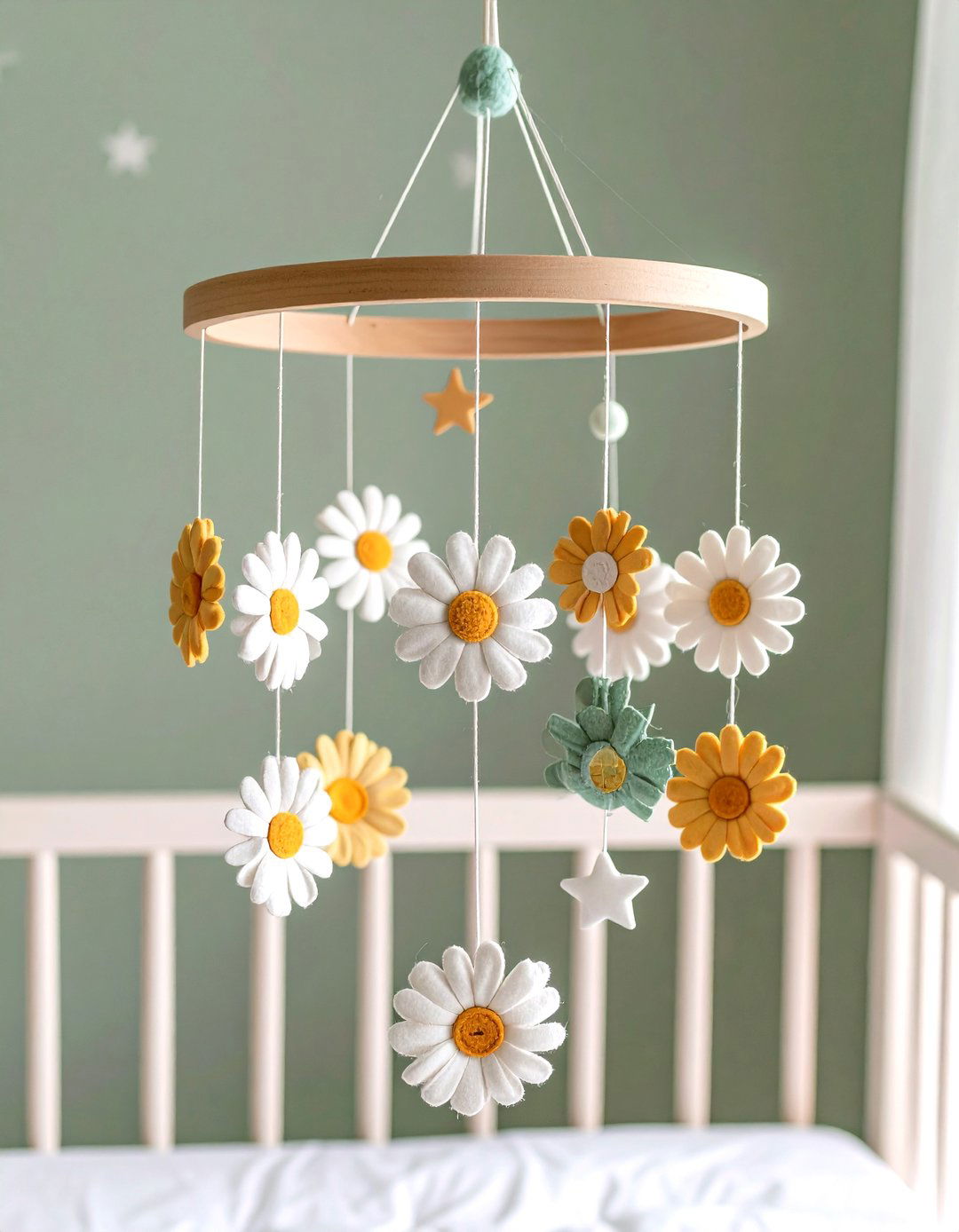
A cascading mobile of felt anemones, magnolia blossoms, or daisies draws a baby’s gaze and introduces gentle movement to a floral nursery. Artisans on handmade marketplaces report surging orders for botanical mobiles that double as keepsake art pieces post-infanthood. Hang the mobile securely 30–40 cm above the mattress and slightly offset from the crib’s center so blossoms dance safely out of reach but within newborn focus range.
6. Organic Cotton Botanical Bedding
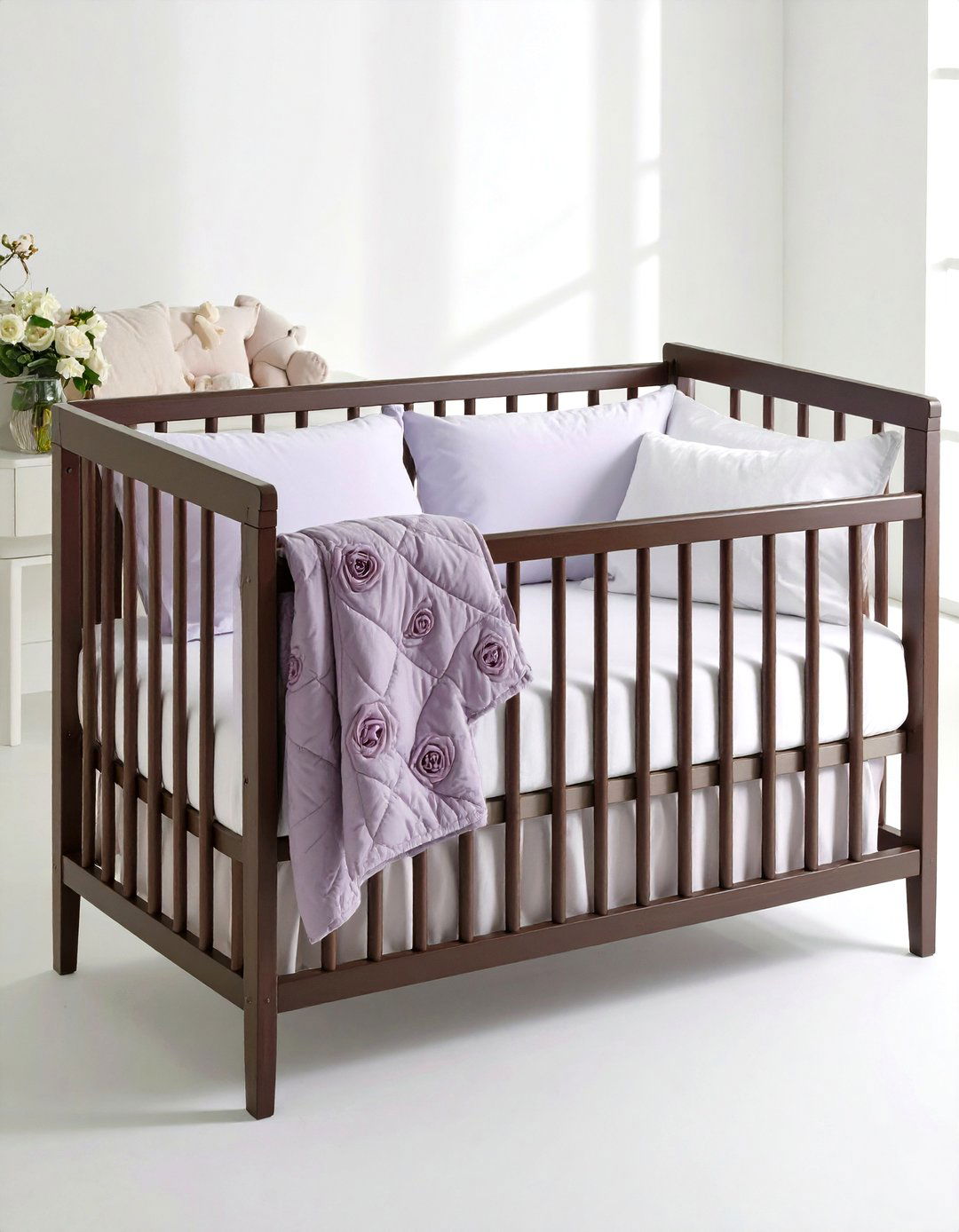
Soft, GOTS-certified crib sheets printed with tiny cottage roses or meadow sprigs keep sensitive skin free from pesticides while reinforcing the floral nursery theme. Rotate two or three fitted sheets in complementary palettes—think dusty mauve, warm gray, and cream—so fresh linen is always ready. Matching swaddles can double as stroller covers or nursing blankets, stretching the motif beyond the crib.
7. Living Greens: Safe Indoor Plants
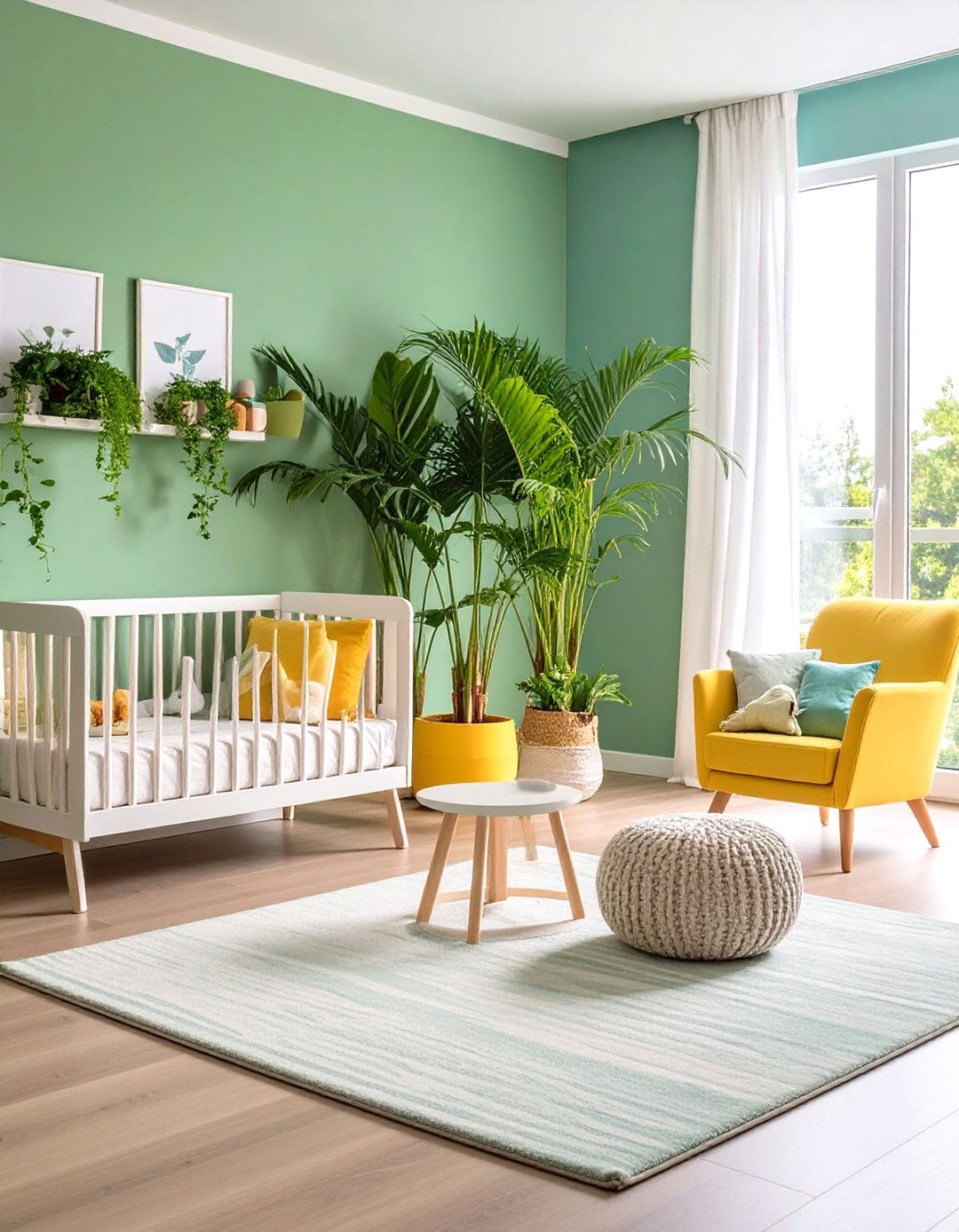
Parlor palms and peperomia thrive in indirect light, filter the air, and offer a real-life biology lesson as they grow alongside baby. Position pots on high shelves or in hanging planters to avoid curious hands, and use lightweight, shatter-proof containers. A single leafy friend softens hard furniture lines and echoes printed florals, giving the nursery fresh texture and a subtle hush of jungle ambience.
8. Bloom-Shaped Growth Chart Decals
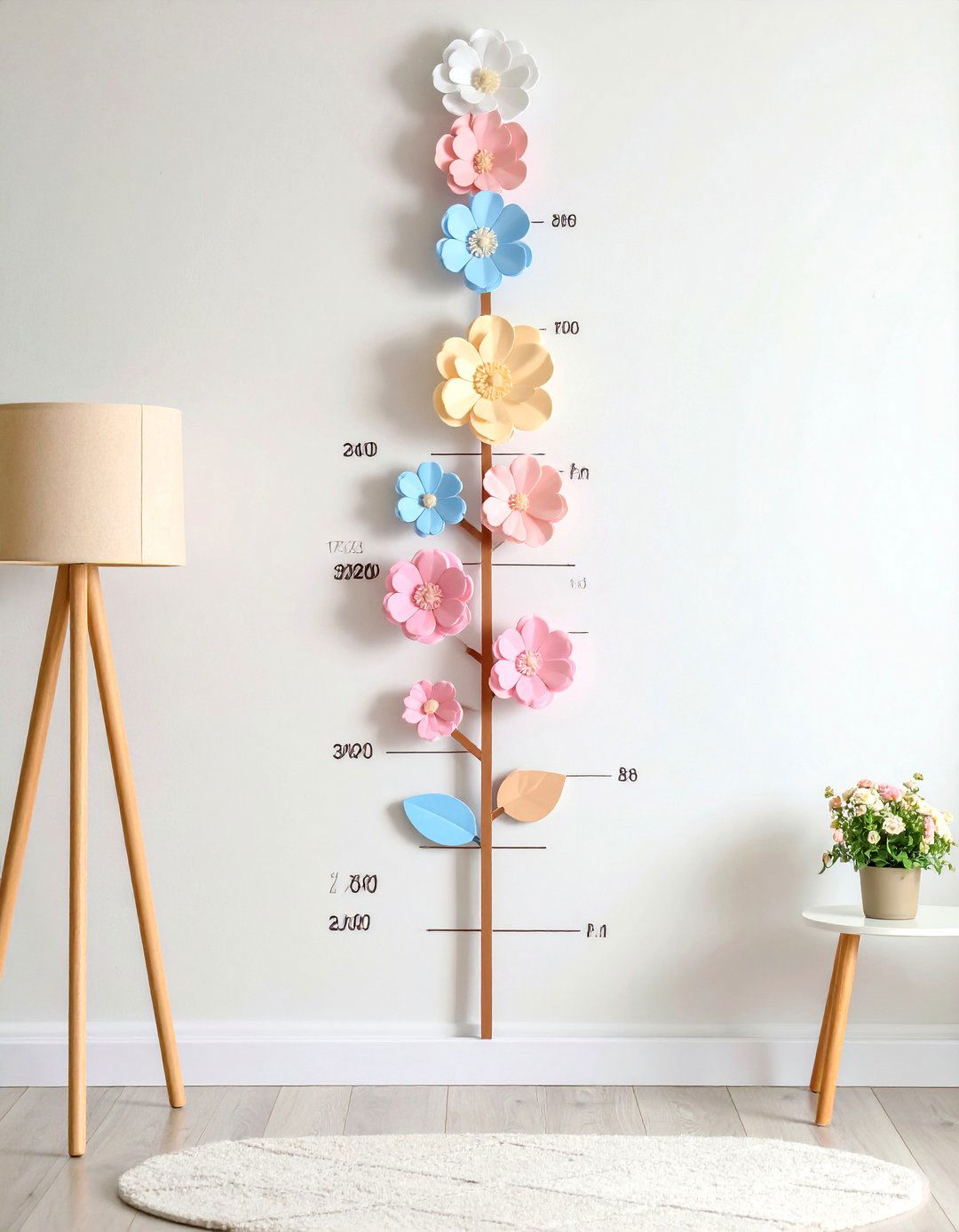
A peel-and-stick flower-stem growth chart turns a blank corner into both décor and memory keeper. With petal markers at each foot, parents can jot milestones in fine-tip paint pens while children see themselves “sprout.” Align the zero mark 30 cm above the floor for accurate readings, and pick pastel palettes that tie back to bedding or rug tones for harmony.
9. Vintage-Inspired Pattern Mixing

Designers are leaning into retro, large-scale floral wallpapers paired with ditsy prints on lampshades and cushions for a collected, heirloom vibe. Keep the look cohesive by repeating one background color—say, parchment or dusty lilac—throughout. A patchwork quilt with mismatched florals draped over the rocking chair brings that thrifted charm without making the room feel cluttered.
10. Plush Pastel Petal Rug

Underfoot softness matters during midnight feeds. Pastel area rugs sporting subtle bloom outlines add warmth, muffle footsteps, and can be tossed in the washer if you choose modern machine-washable varieties. Look for OEKO-TEX certification, low-pile constructions, and non-slip backing so tummy-time remains safe. Selecting rug colors that echo a wall mural ties the floor into the overall floral story.
11. Rattan Flower-Petal Pendant Light
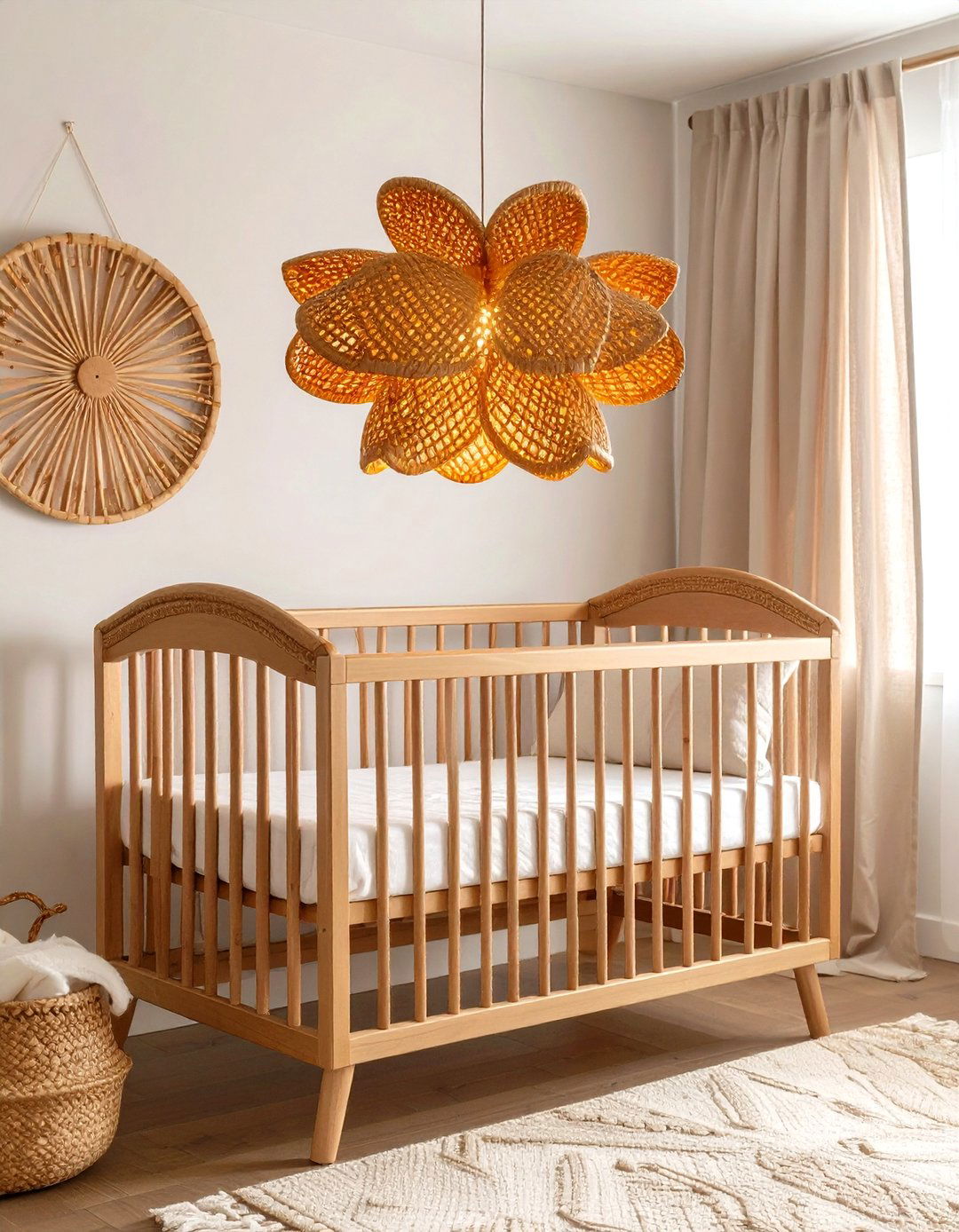
A woven rattan chandelier shaped like overlapping petals casts playful shadows while nodding to 2025’s love affair with natural textures. Fit it with a dimmable warm-white LED bulb to create a soft golden glow that complements painted florals and organic bedding. Because rattan is lightweight, installation is simpler than traditional chandeliers—just ensure cords are tucked safely inside a ceiling cord cover.
12. Floating Bookshelves with Bud Motifs
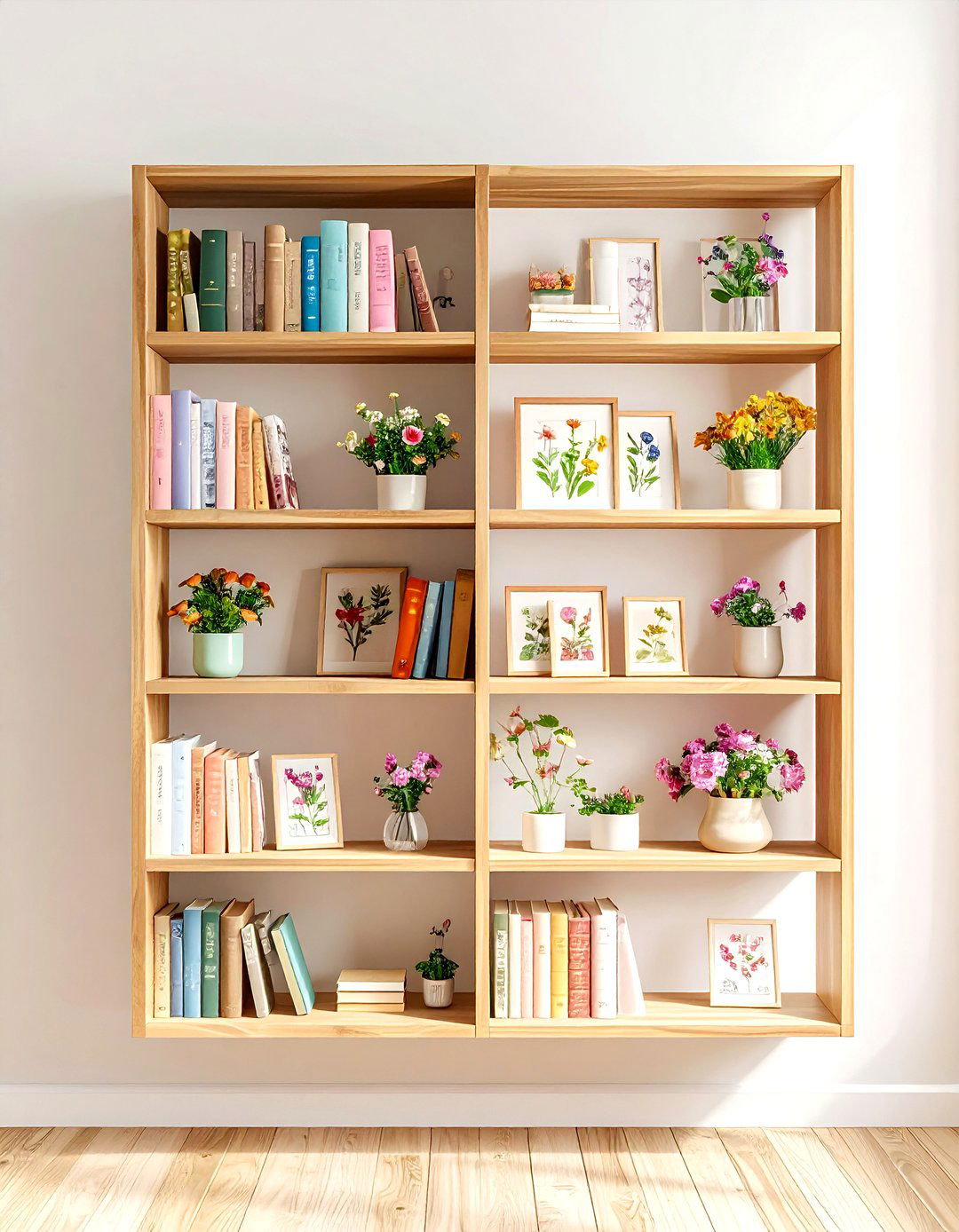
Slim acrylic or pine ledges keep bedtime stories organized and display floral book covers as art. Nursery stylists recommend staggering three shelves vertically to create a bloom-like rhythm on the wall. Mix botanical picture books with tiny pressed-flower frames for continuity, and mount shelves into studs or use heavy-duty anchors to handle growing library weight.
13. Cozy Floral Canopy Reading Nook
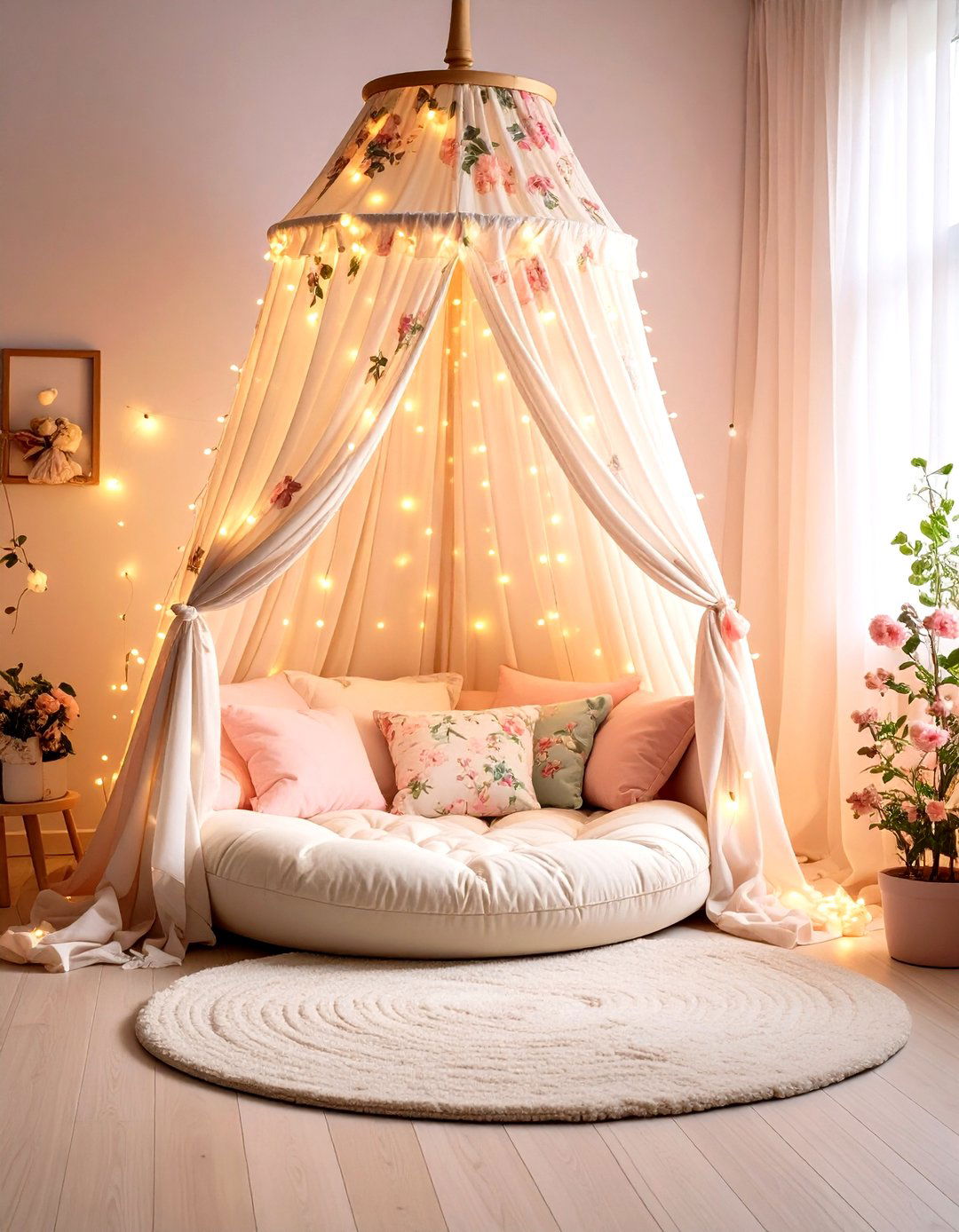
Curtaining a corner with a botanical-print canopy fabric carves out a snug spot where toddlers can flip pages beneath trailing vines. Place an oversized floor cushion in a coordinating solid hue to ground the print, and weave in twinkle lights on a timer for gentle illumination. This intimate nook extends the floral nursery theme while encouraging independent exploration.
14. Botanical Storage Baskets
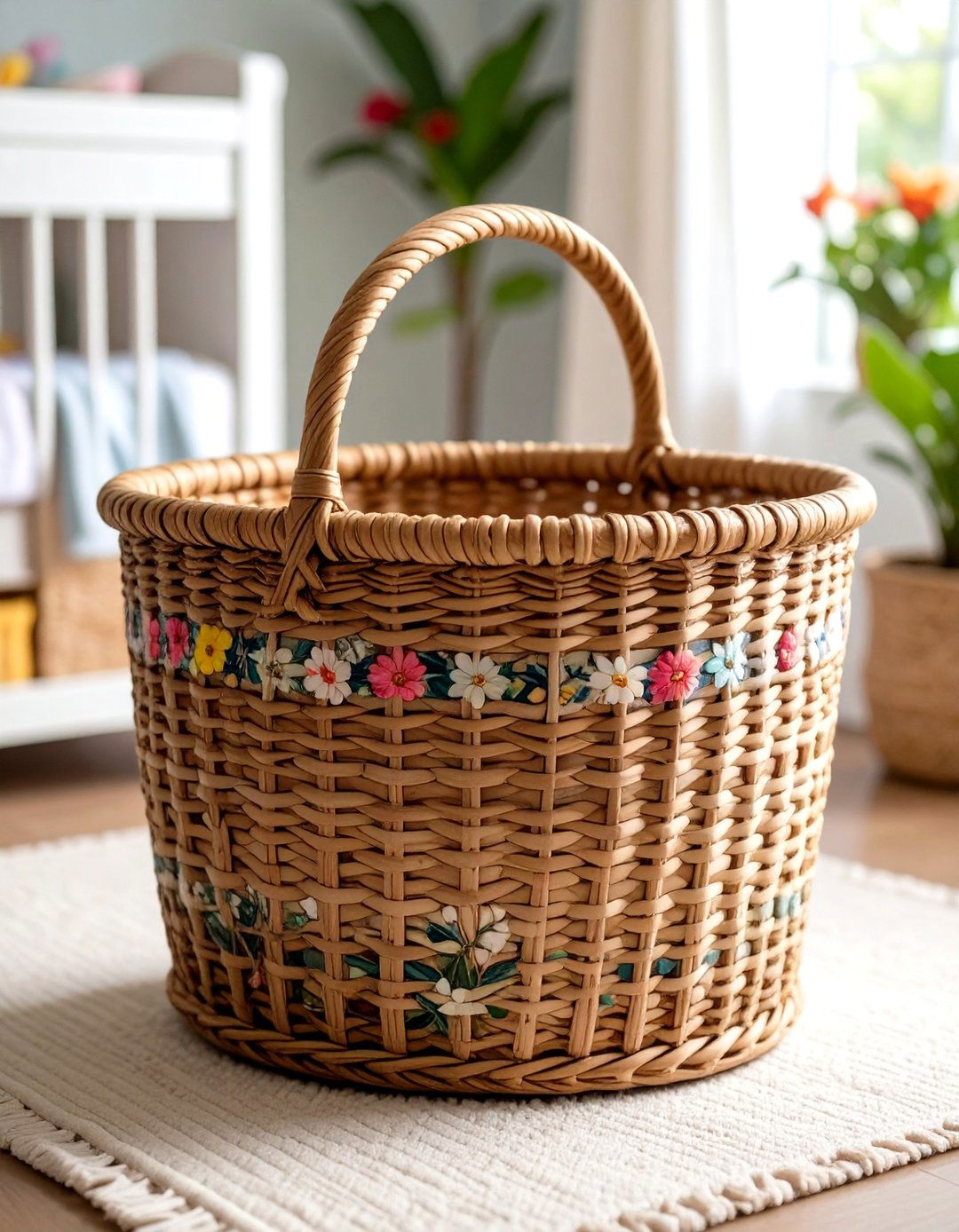
Woven seagrass or quilted fabric bins in vintage-flower patterns corral toys without plastic clutter. Label baskets with tiny wooden tags—“Blocks,” “Books,” “Blankets”—to build early word recognition. The tactile weave introduces texture against smoother crib finishes, while earthy colors keep the look timeless and adapt well when the room transitions to a big-kid space.
15. Gallery Wall of Pressed-Flower Art
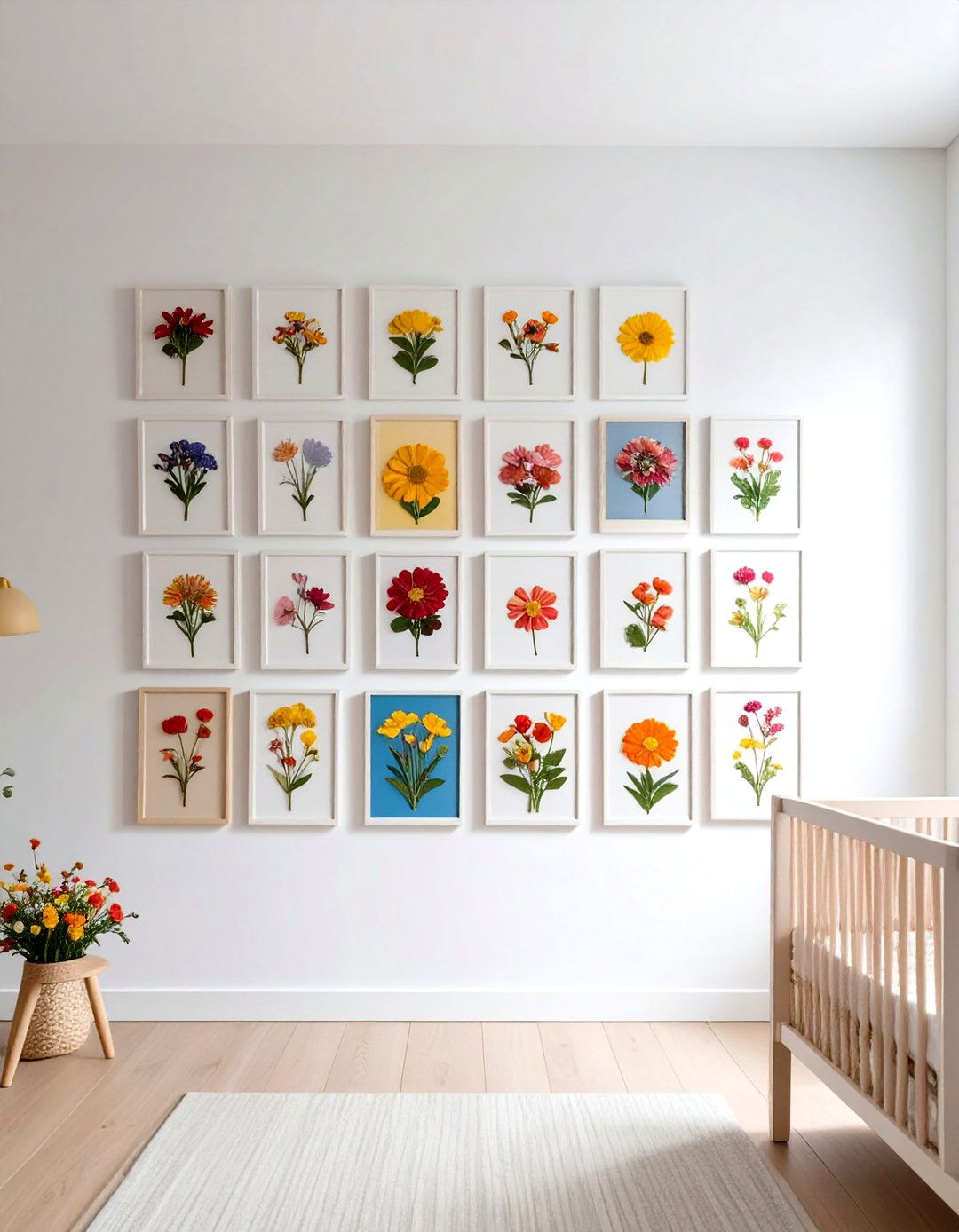
Framing real pressed blooms alongside watercolor botanicals adds depth to a floral nursery and can be updated as your child gathers leaves on family walks. Arrange pieces in an organic cluster around a larger center print to mimic a rambling garden. Use lightweight acrylic glazing instead of glass for safety, and stick with simple wooden frames so the petals remain the heroes.
16. Floral Blackout Curtains for Restful Sleep

Pretty doesn’t have to sacrifice function—patterned blackout panels block dawn light, dampen street noise, and reinforce the floral nursery’s palette. Mount rods wider than windows so curtains stack clear of glass during the day, letting natural light in without compressing the print. Choose machine-washable fabrics and sturdy hemming so panels survive frequent laundering.
17. Seasonal Bloom Swap-Outs
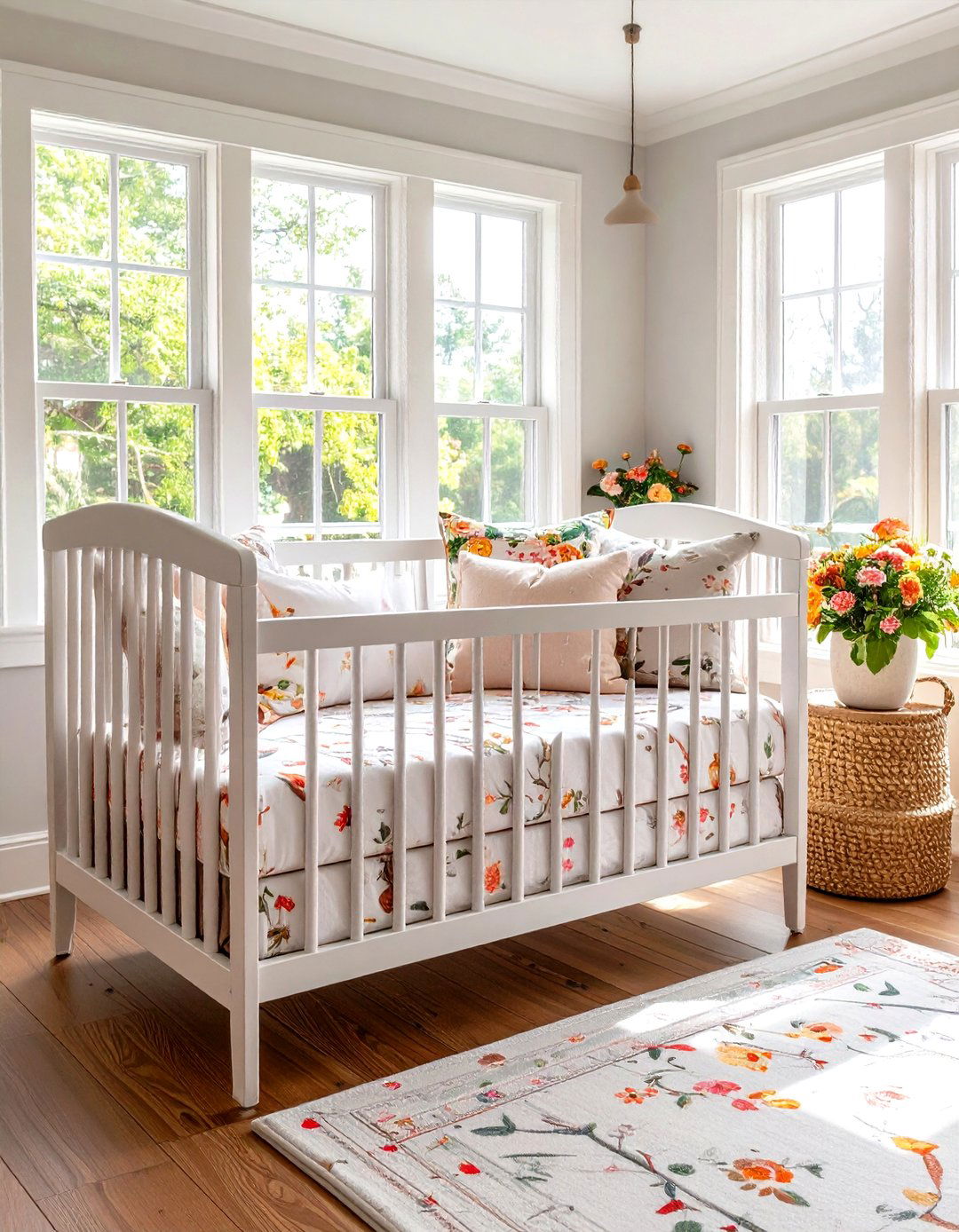
Rotating floral throw pillows, wall flags, or crib sheets each season keeps the nursery feeling fresh without a costly overhaul. Spring might showcase cherry blossoms, summer a wildflower meadow; autumn brings rust-toned mums, while winter introduces frosty hellebore prints. Box off-season textiles in labeled fabric bags to protect them from dust and double the joy when reopening months later.
18. Tactile Flower Sensory Panel

Attach soft felt petals, crinkly leaves, and embroidered stems to a cork board framed like a garden so babies can safely explore textures. Studies show natural imagery and tactile play reduce stress and boost fine-motor skills. Secure each element firmly and keep choking hazards in mind—use oversized pieces and inspect regularly.
19. Reclaimed-Wood Furniture with Carved Florals
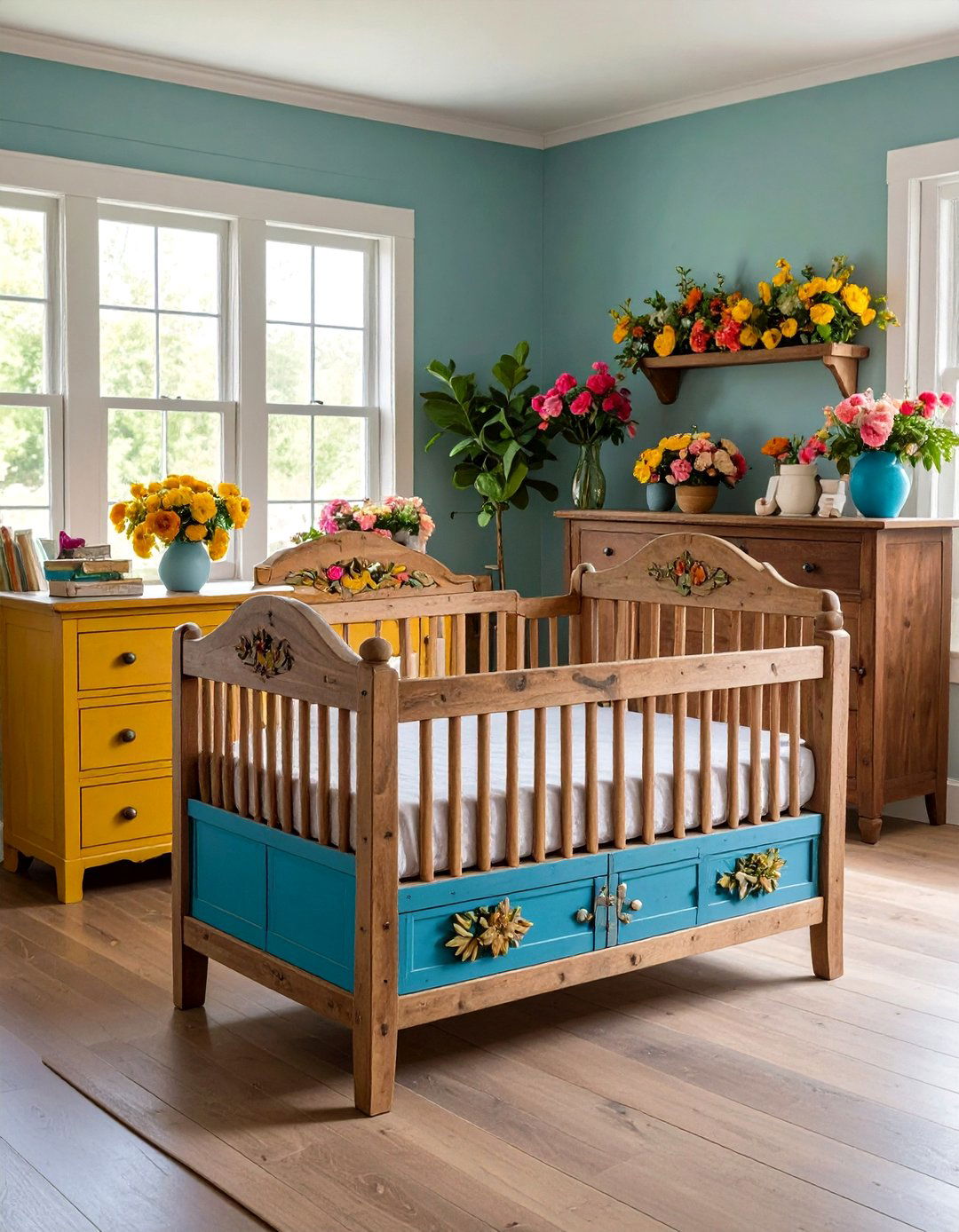
Eco-minded parents are opting for dressers and toy chests crafted from reclaimed timber, sometimes hand-carved with subtle bloom motifs. The wood’s natural grain contrasts beautifully with soft petal prints, grounding the floral nursery in earthy authenticity. Check for smooth, sealed finishes to avoid splinters, and anchor taller pieces to studs for tip safety.
20. Personalized Floral Name Sign
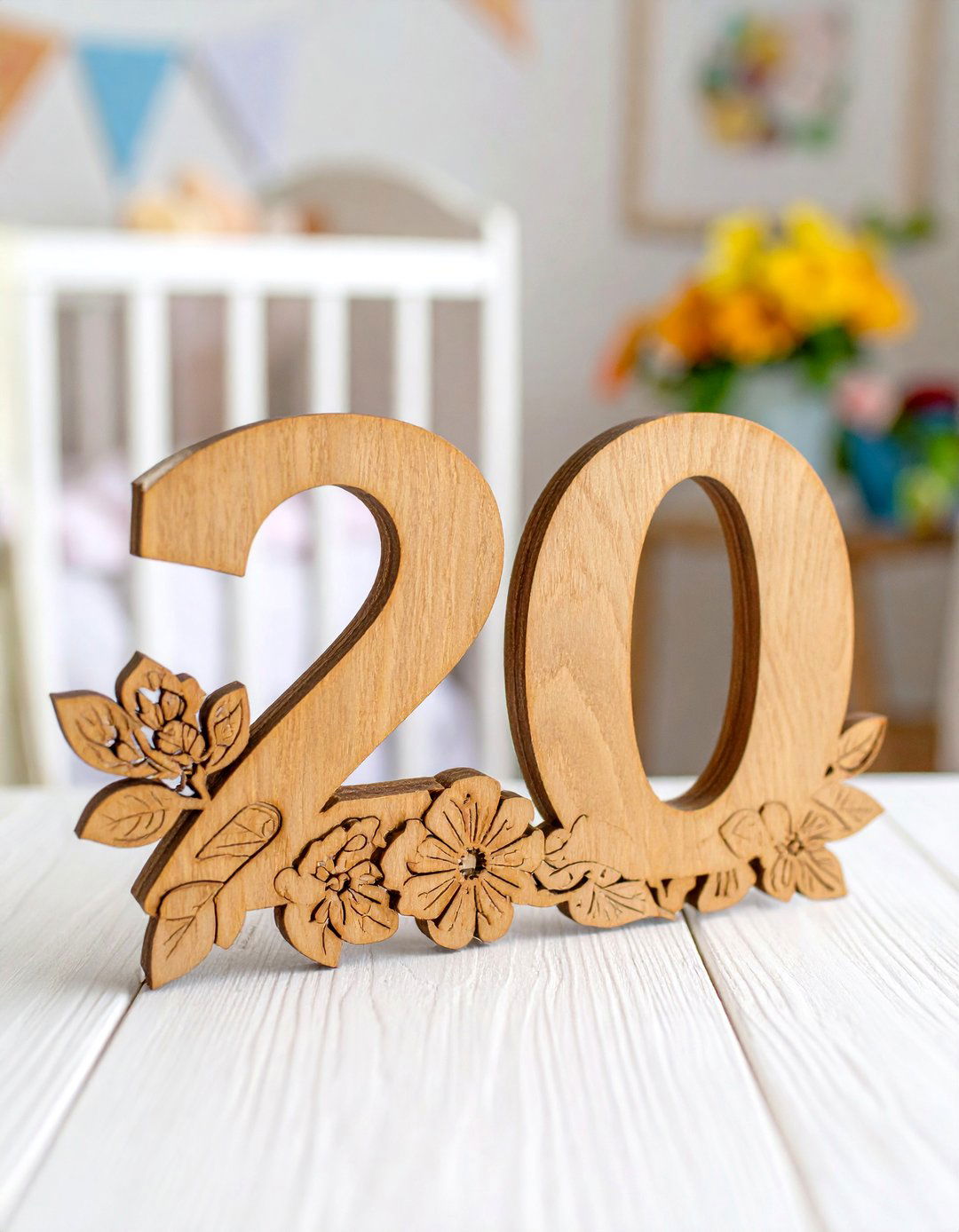
Wooden name plaques layered with delicate laser-cut blossoms turn blank walls or nursery doors into bespoke art. Choose fonts with gentle curves to echo petals and pick colors pulled from bedding for a designer-level match. Because the sign is lightweight, removable adhesive strips suffice, ensuring the keepsake can migrate to playrooms or desks as your child grows.
Conclusion:
From statement murals to handcrafted mobiles, a thoughtfully curated floral nursery can nurture calm, spark early curiosity, and showcase sustainable style. By layering natural textures, eco-safe finishes, and bloom-inspired accents, parents create a space that grows gracefully alongside their little one—proving flowers are far more than pretty; they’re practical, health-conscious, and endlessly versatile.


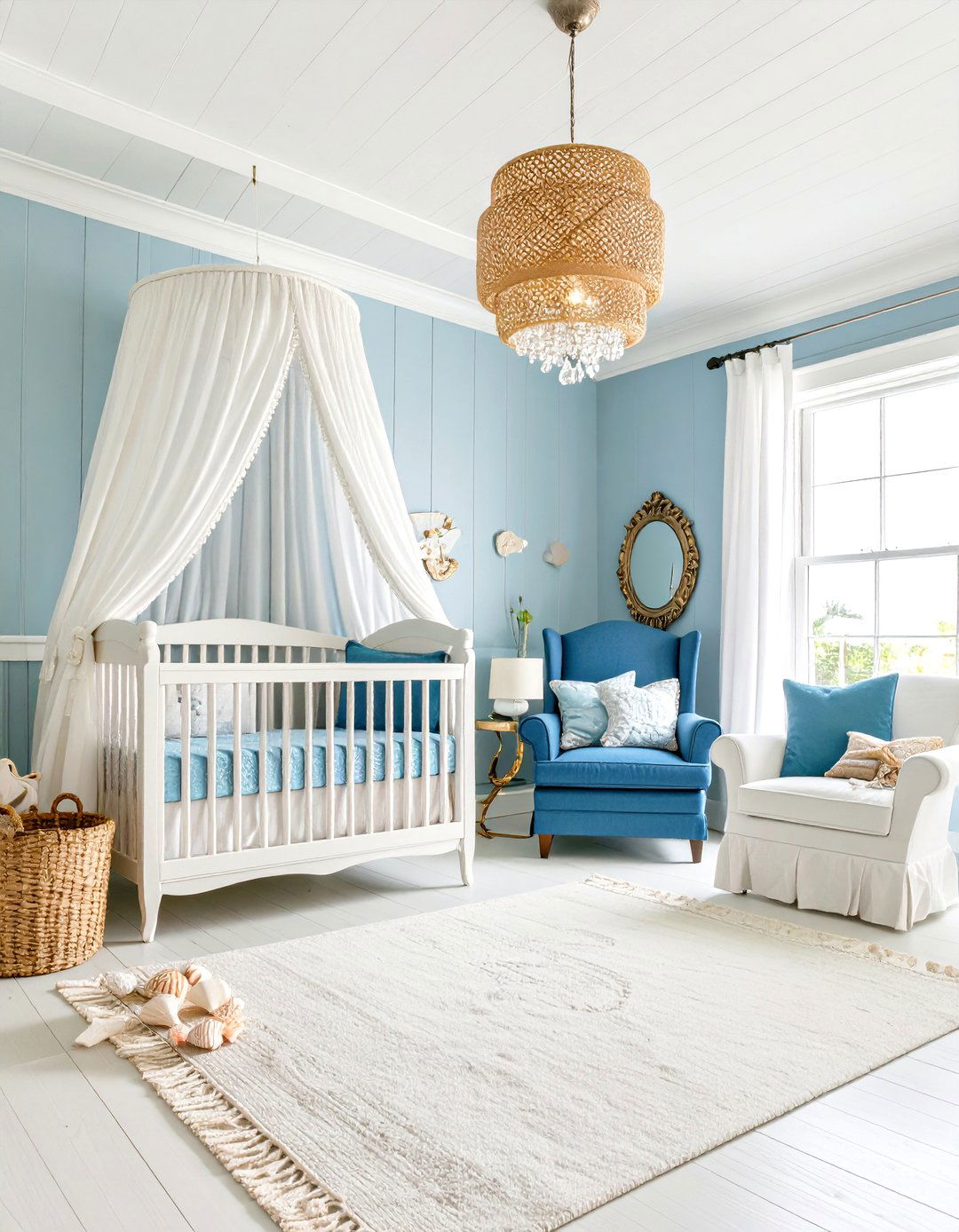
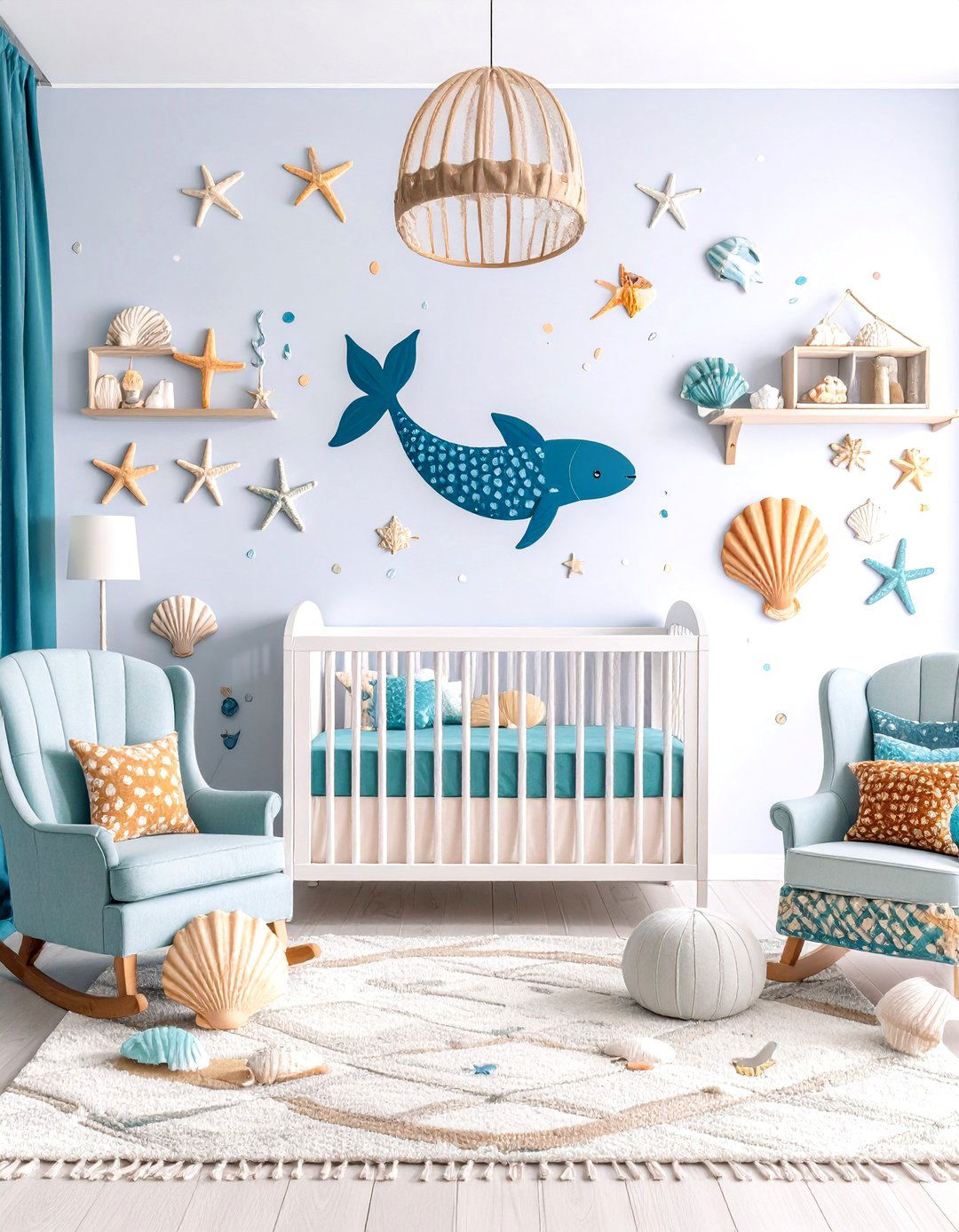
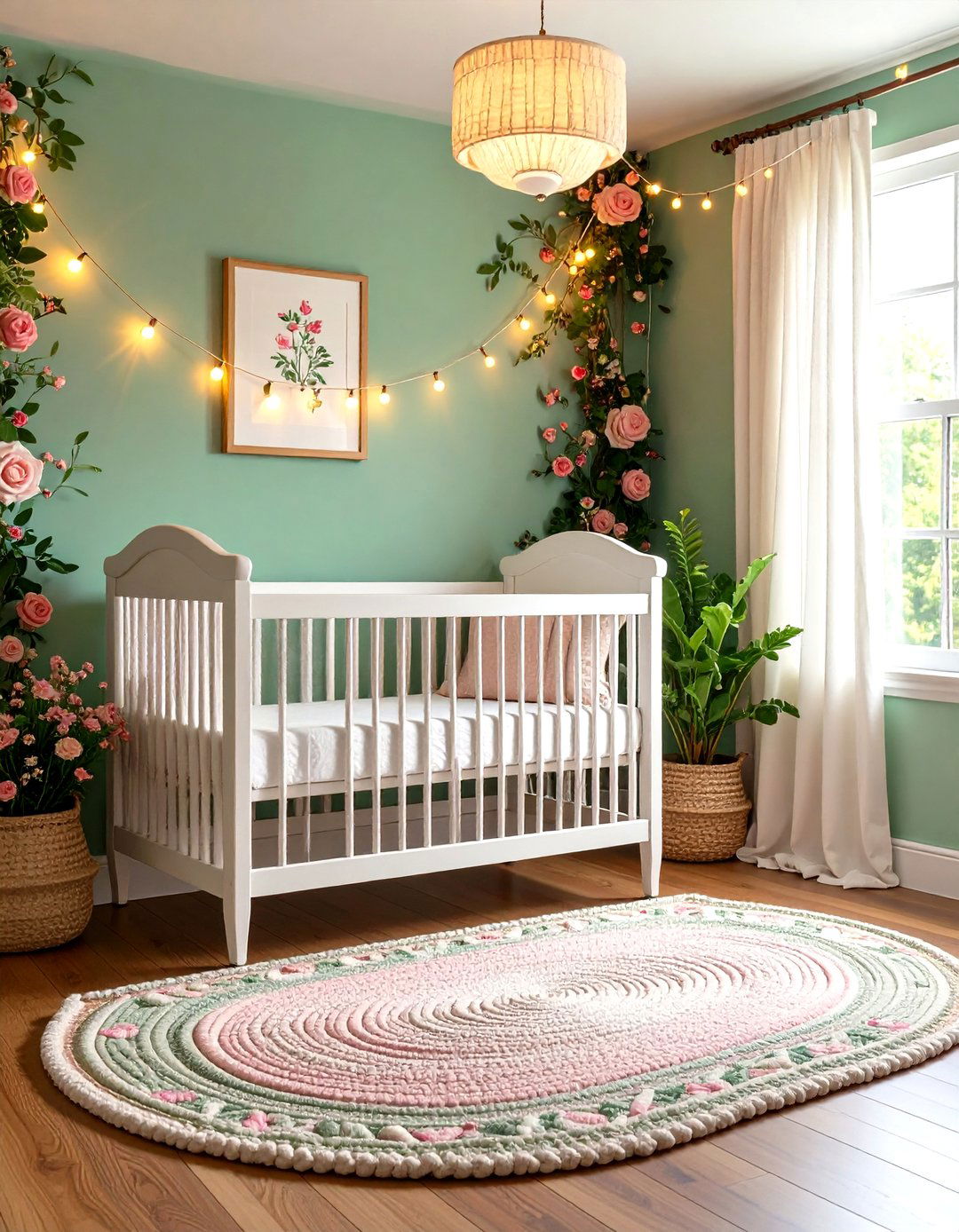
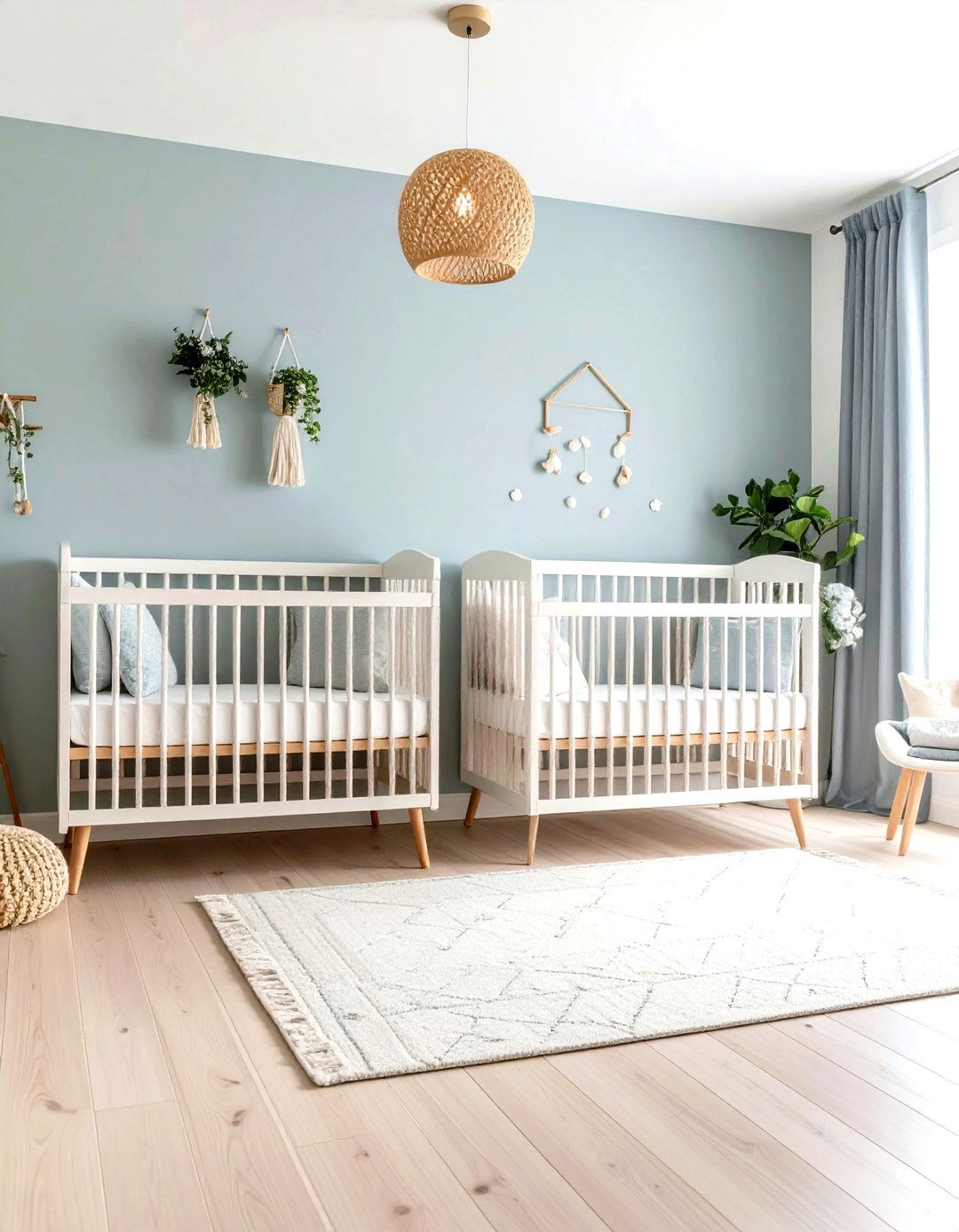
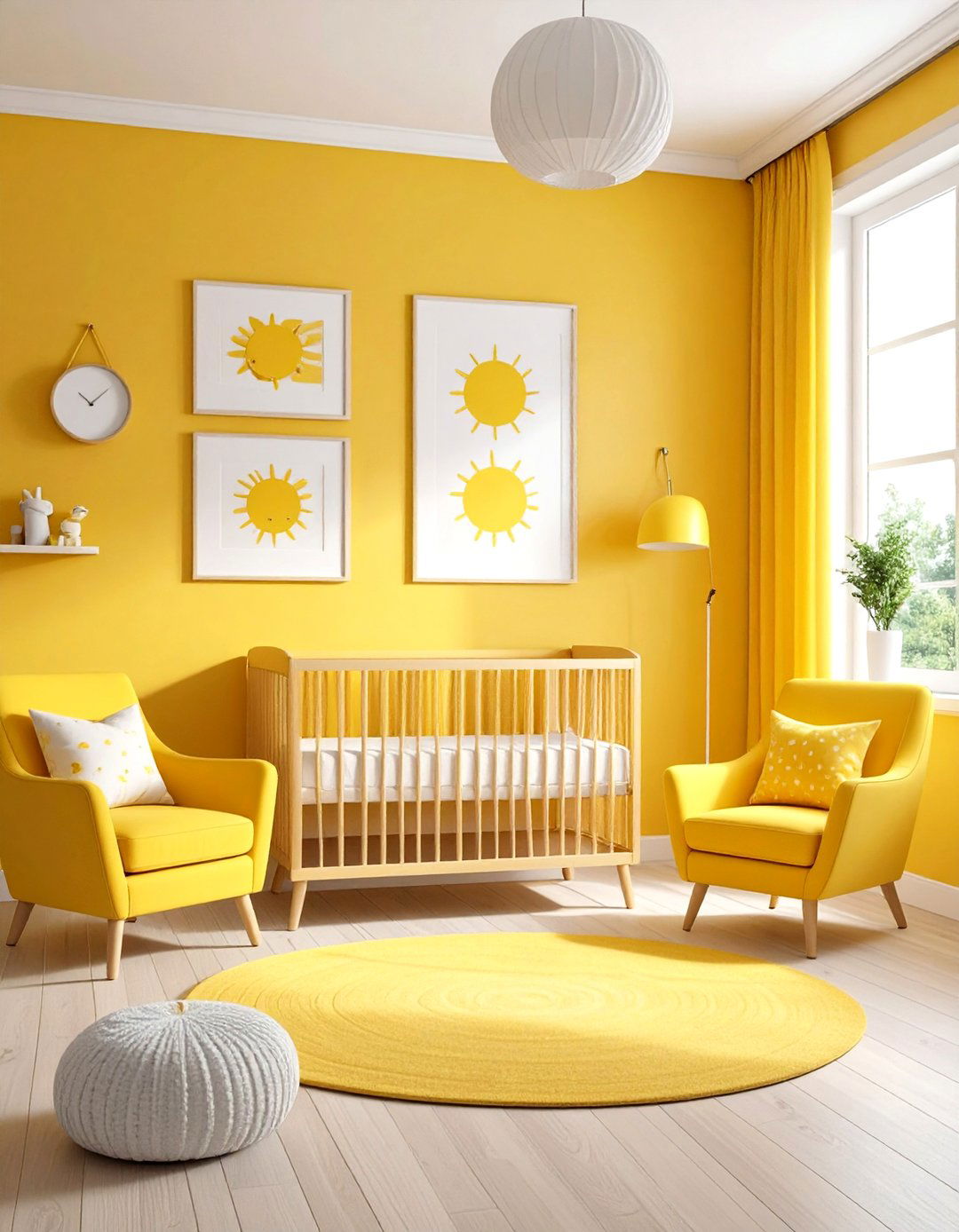
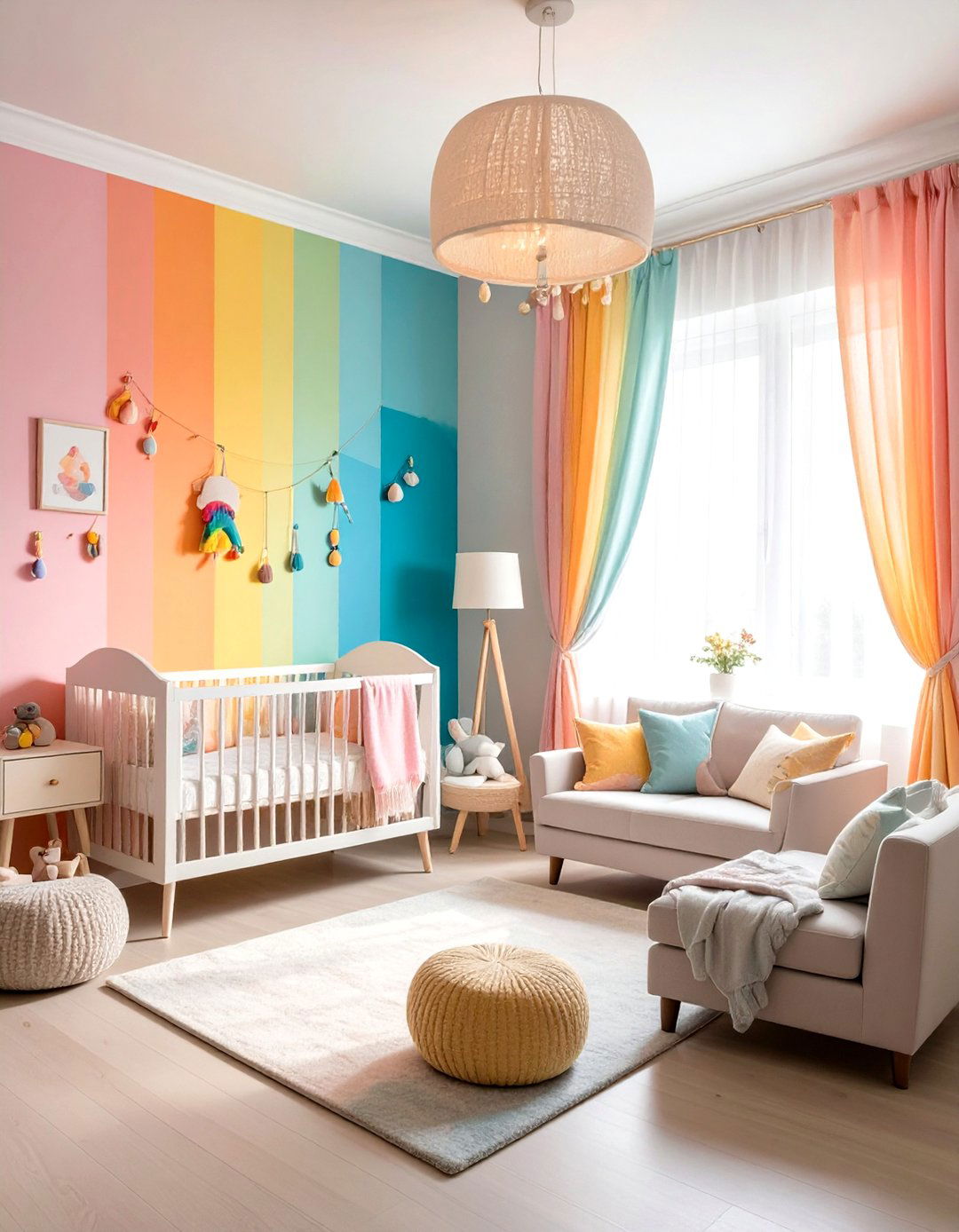
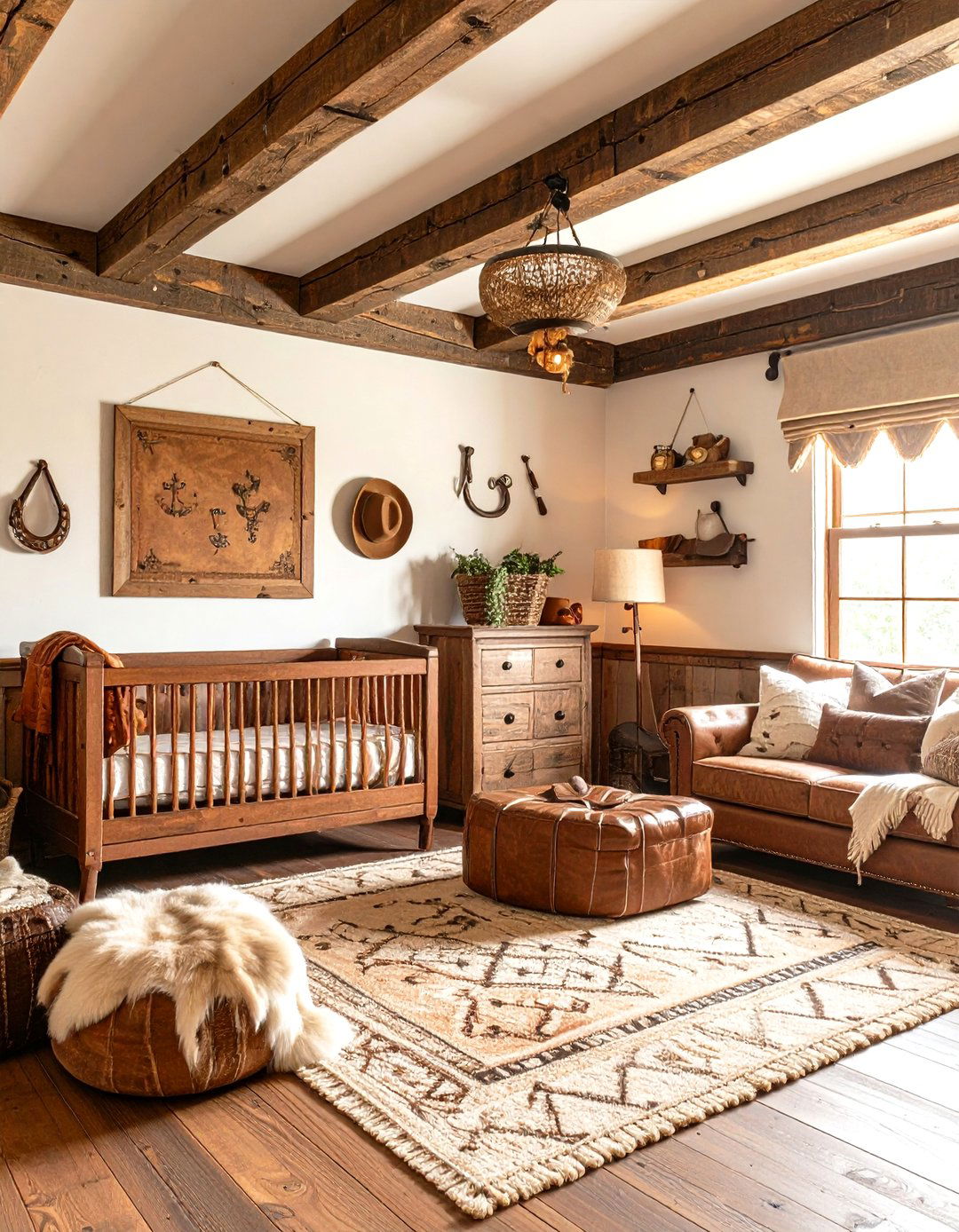
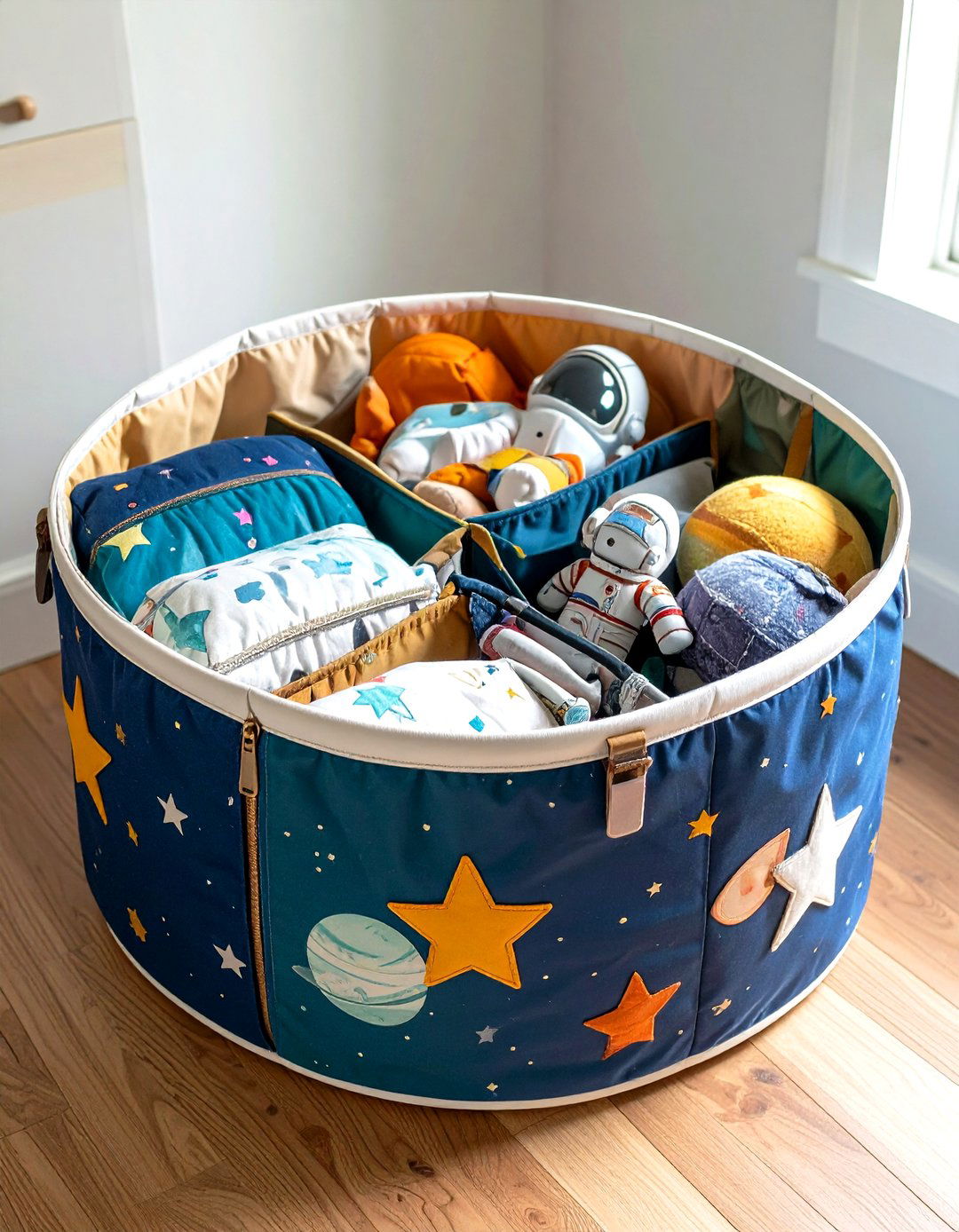
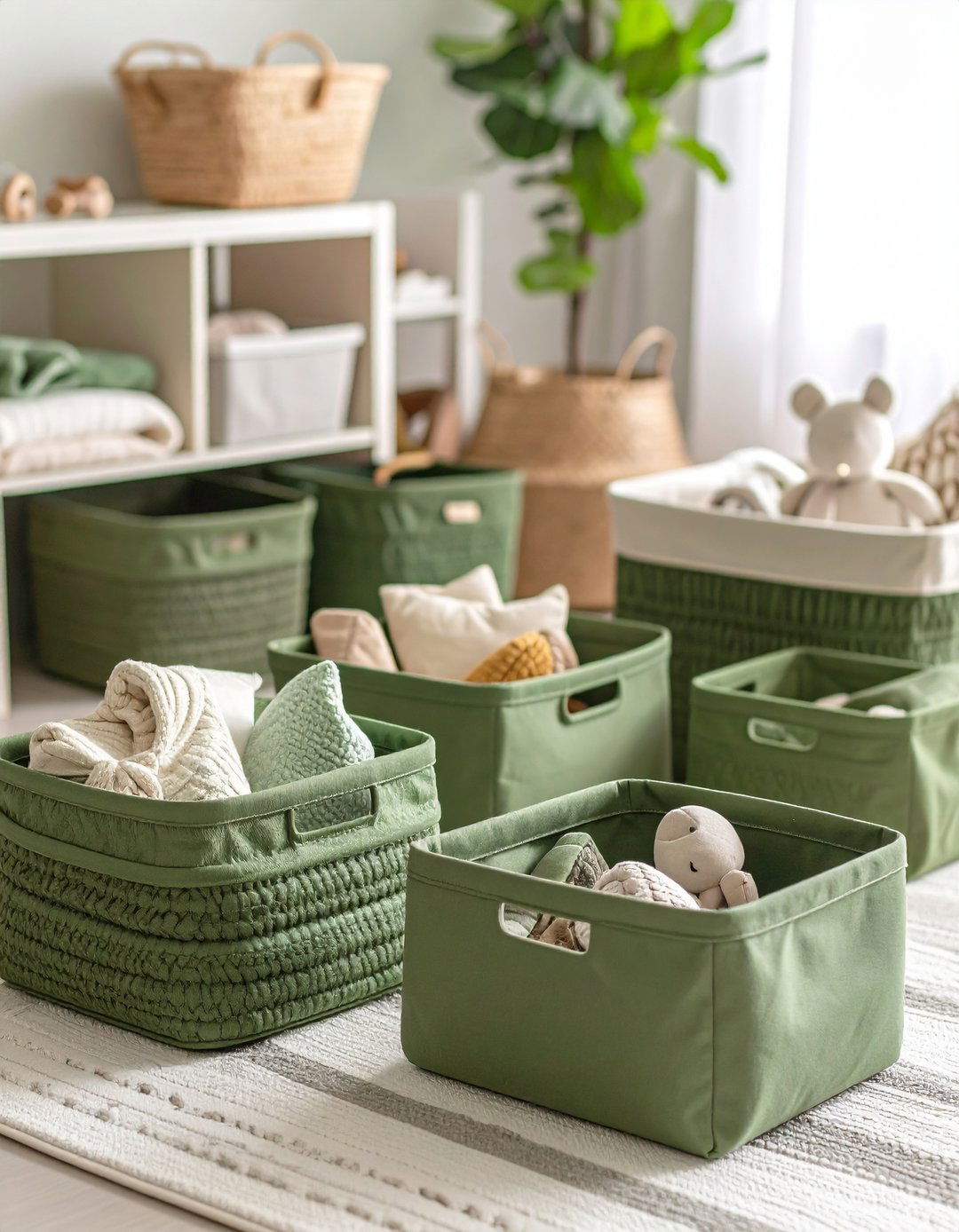
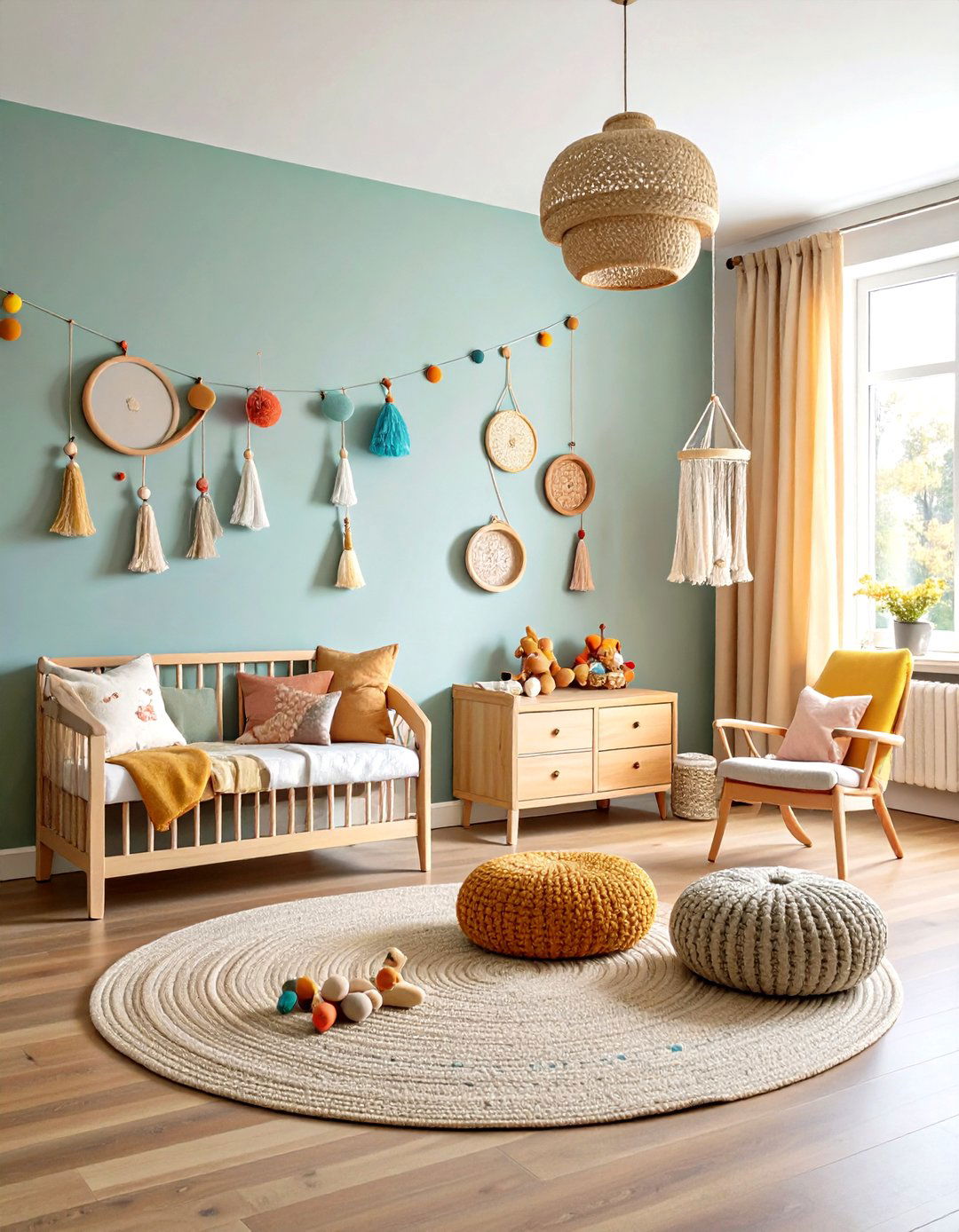
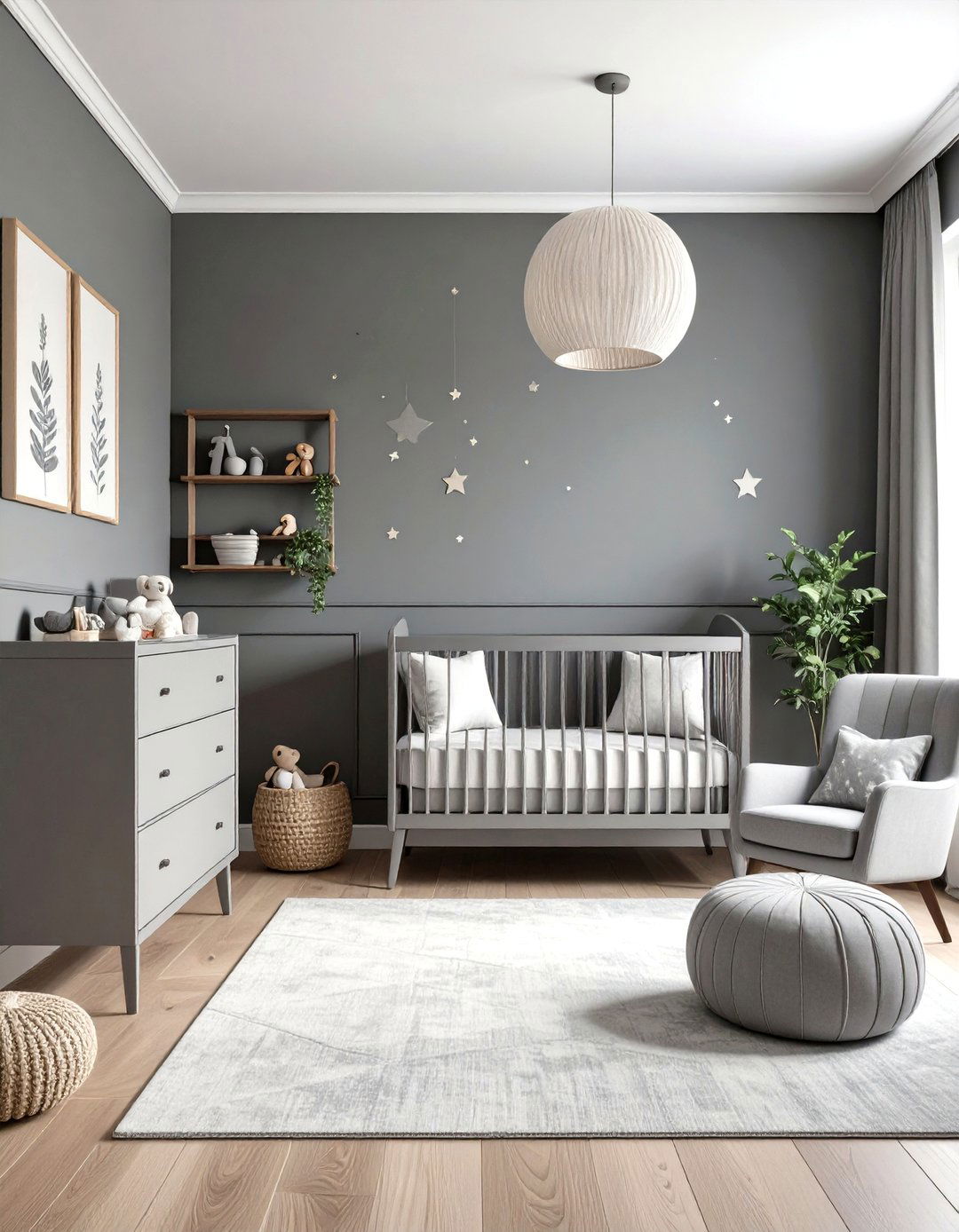
Leave a Reply